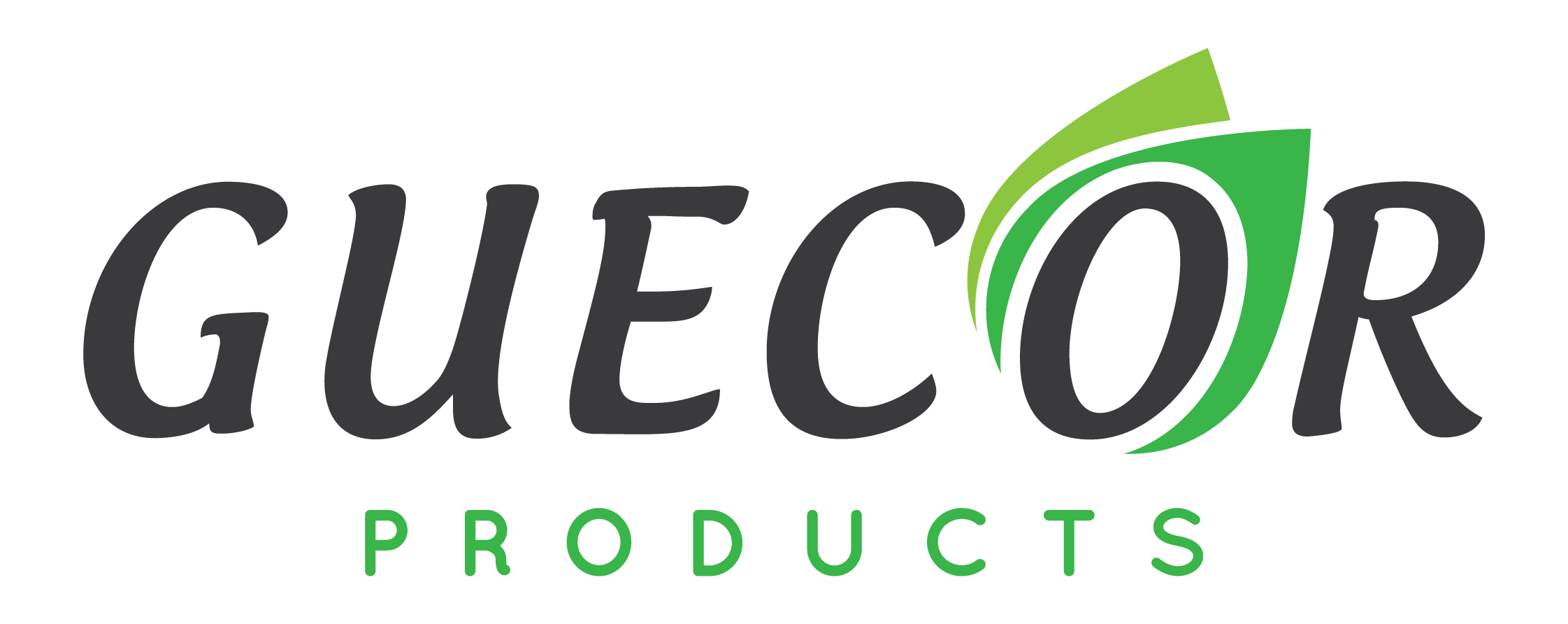The business environment has changed nowadays and it has essential that board members understand the company’s risk profile and also the effectiveness with the organisation’s risikomanagement. This article takes a fresh look at exactly how boards can do this by focusing on key concerns, including placing clear goals and assessing the effect of fixing environmental situations.
Nora Aufreiter, McKinsey senior adviser, Celia Huber, head of McKinsey’s board services work in The united states and Ophelia Usher, a member of McKinsey’s global risk & resilience practice share their very own advice for reframeing board risk management.
The pervasiveness of hazards means it is essential that panels make risk an integral part of the strategic pondering, but the board’s role in overseeing this may seem a daunting task. To try and do its duties, the table needs to be familiar with business, it is industry and the external factors that have an effect on it, such as changing legislation, cybersecurity, operational dangers, legal actions, the economy, etc . Is impractical for just one director to have this width of understanding, so a diverse board with differing talents, competencies (e. g., legislation, accounting, economics, human resources), industry encounters and risk appetite will gravitate to deepening their knowledge of company-specific risks within their areas of experience.
A fundamental area of this is determine the ‘predictable surprises’—that www.boardroomteen.com can be, events with high-consequence and low-likelihood that can seriously destabilise or even eradicate the business. A basic tool with regards to evaluating the risk of an event can be sensitivity analysis, which displays how very sensitive value shape are to numerous risk individuals, often organized into a huracán of sensitivities.
